Have you ever scrolled through the news, your heart sinking with every headline, and just felt… completely powerless? You see the conflicts, the anger, the division, and the dream of world peace feels like a fantasy from a children’s book. So you close the app, take a deep breath, and try to find a little bit of calm in your own corner of the universe. But then a thought creeps in: is this helping, or is it just hiding? This brings us to a beautiful, behemoth of a question we’re going to wrestle with today: Is the path to global harmony paved with personal tranquility? In other words, is the relationship between inner peace and world peace a one-way street?
The ‘Put Your Own Oxygen Mask On First’ Argument
There’s a very compelling, very intuitive case to be made here. You’ve heard it on every airplane safety demonstration: secure your own oxygen mask before assisting others. The logic is simple and undeniable. If you pass out, you’re no good to anyone. Now, let’s scale that up. How can a person who is a walking civil war of anxiety, resentment, and unchecked anger contribute to a peaceful society? It feels impossible, right? It’s like trying to build a stable house with bricks that are constantly vibrating.
Think of humanity as a colossal symphony orchestra. For the music to be harmonious, each musician has to be in tune. If the violin section is screeching with rage and the percussion is pounding with anxiety, it doesn’t matter how beautifully the cellos are playing their part; the result is going to be noise. Chaos. From this perspective, the work of finding inner peace—through meditation, therapy, self-reflection, walking in the woods, whatever your method is—isn’t a selfish act. It’s the most fundamental contribution you can make. It’s tuning your instrument. It’s the quiet, unseen work of making sure that when you play your note in the grand symphony of life, it’s one of harmony, not discord. A person at peace with themselves is less likely to project their pain onto others, less likely to be swayed by fear-mongering, and more likely to meet conflict with curiosity instead of combat. It’s a beautiful thought: that by calming the storm in our own minds, we contribute to calming the storms across the globe.
But What About Peaceful Protests and Righteous Anger?
Okay, that all sounds wonderful and zen. But let’s flip the record for a second. Let’s complicate the picture, because life is rarely that simple. Is a state of perfect inner tranquility always the most productive state for changing the world? Think about the greatest movements for justice and peace in human history. Were the architects of those movements all sitting in a state of blissful calm? Or were they fueled by a profound, burning, and deeply uncomfortable lack of peace?
Imagine Martin Luther King Jr., Ghandi, or Nelson Mandela. Yes, they spoke of love and nonviolence, but their actions were born from a righteous anger, a divine dissatisfaction with the state of the world. They were not at peace with injustice. Their inner turmoil in the face of oppression became the engine for monumental change. Sometimes, a lack of inner peace is what gets you out of bed and into the streets. It’s the grit in the oyster that creates the pearl. If everyone were perfectly content and at peace with the way things are, who would fight to make things better? This angle suggests that maybe, just maybe, a certain kind of inner disquiet—a sacred restlessness—is not only compatible with the quest for world peace but is sometimes essential to it. It forces us to ask: is the goal a placid world, or a just one? And are those always the same thing?
The Chicken or the Egg Dilemma
This leads us right into a classic philosophical conundrum: what comes first? Does inner peace create a peaceful world, or does a peaceful world allow for inner peace? It’s a real chicken-and-egg situation. It’s lovely to tell someone to find their inner calm, but it’s a whole lot harder to meditate when you’re worried about keeping a roof over your head, when you face discrimination every day, or when your country is at war. How can we expect someone to cultivate an inner garden when their external world is a hurricane?
This perspective reminds us that our inner states are not created in a vacuum. They are profoundly shaped by our environment, by systems of power, by economics, and by our collective safety. Perhaps the most effective path to widespread inner peace is to first build a world that is more just, equitable, and safe. A world where people’s basic needs are met, where they have access to opportunity, and where they can live without constant fear. In this view, working on policy change, community organizing, and international diplomacy isn’t separate from the “inner work”; it’s the very act of tilling the soil so that the seeds of inner peace can grow for everyone, not just for the privileged few who have the time and resources to focus on it. Maybe world peace isn’t the result of inner peace, but the cause of it.
The ‘Good Enough’ Peace: Do We Need Gurus or Just Decent Neighbors?
Let’s be honest, the idea of all eight billion of us achieving a state of enlightened, guru-level inner peace feels… ambitious. Like, really ambitious. Maybe even impossible. But what if that’s not the goal? What if the bar is a little lower, and a lot more achievable? Perhaps we don’t need a world of saints to have world peace. Perhaps we just need a critical mass of people who have achieved a “good enough” inner peace.
What does that look like? It’s the person who has enough self-awareness to not take their bad day out on their family. It’s the driver who gets cut off in traffic and chooses to take a deep breath instead of laying on the horn and screaming. It’s the keyboard warrior who types out an angry comment, pauses, and then just deletes it. It’s not about eradicating anger or fear or sadness from the human experience. That’s impossible. It’s about developing the capacity to hold those emotions without letting them hijack the controls. Maybe world peace isn’t built on the foundation of perfect individual serenity, but on the widespread practice of emotional regulation and basic human decency. It’s less about everyone becoming the Buddha and more about everyone just trying not to be a jerk. And honestly, that feels like a project we can all sign up for.
A Universe in a Nutshell: Your Inner World as a Training Ground
So where does this leave us? The connection between our inner state and the world’s state is clearly not a simple A-to-B equation. It’s a messy, beautiful, tangled dance. But regardless of which causes which, we can look at it another way. We can see our own mind as a microcosm of the world. Your mind is a bustling society, filled with different factions. There’s the part of you that wants security and the part that craves adventure. There’s the inner critic who spreads fear and the inner champion who advocates for hope. There are border disputes between your desire for a healthy lifestyle and your craving for a midnight pint of ice cream.
How do you handle these internal conflicts? Do you meet them with suppression and violence, or with curiosity and compassion? Do you broker peace treaties between your warring desires? The daily work of navigating our own consciousness is, in a way, the perfect training ground for world peace. Learning to be compassionate with our own failings teaches us to be compassionate with others. Learning to listen to our own conflicting needs helps us understand the conflicting needs of other people and other nations. In this way, the quest for inner peace isn’t about escaping the world’s problems. It’s about practicing, on a small and intimate scale, the very skills we need to solve them.
So, I’ll leave you with this to ponder. What role do you think your own inner state plays in the grand scheme of things? Is focusing on your own peace and well-being a profound contribution to a better world, or is it a self-indulgent distraction from the “real” work that needs to be done? Or, as with most things in life, is the truth somewhere in that beautiful, complicated middle?
I would genuinely love to know what you think. Share your perspective in the comments below.
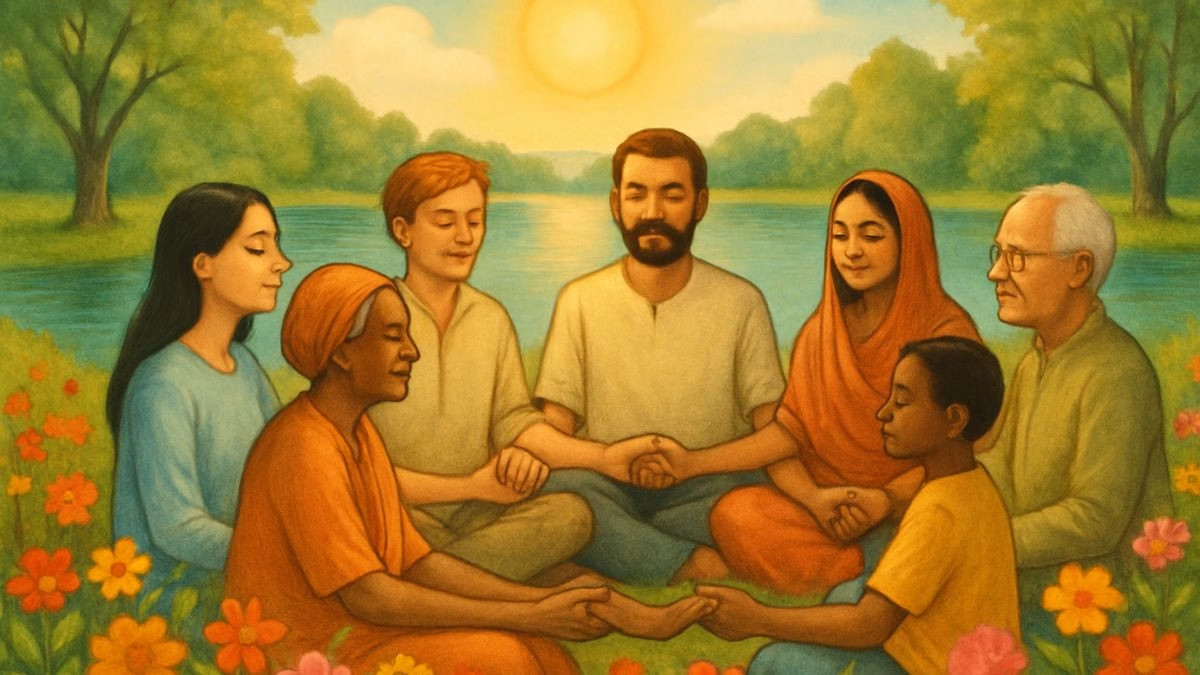


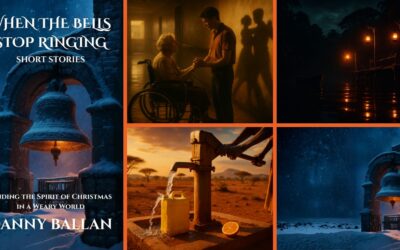
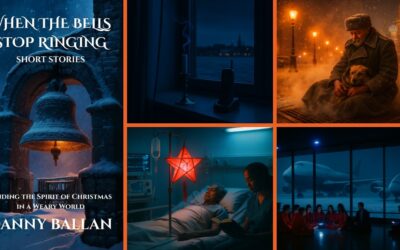
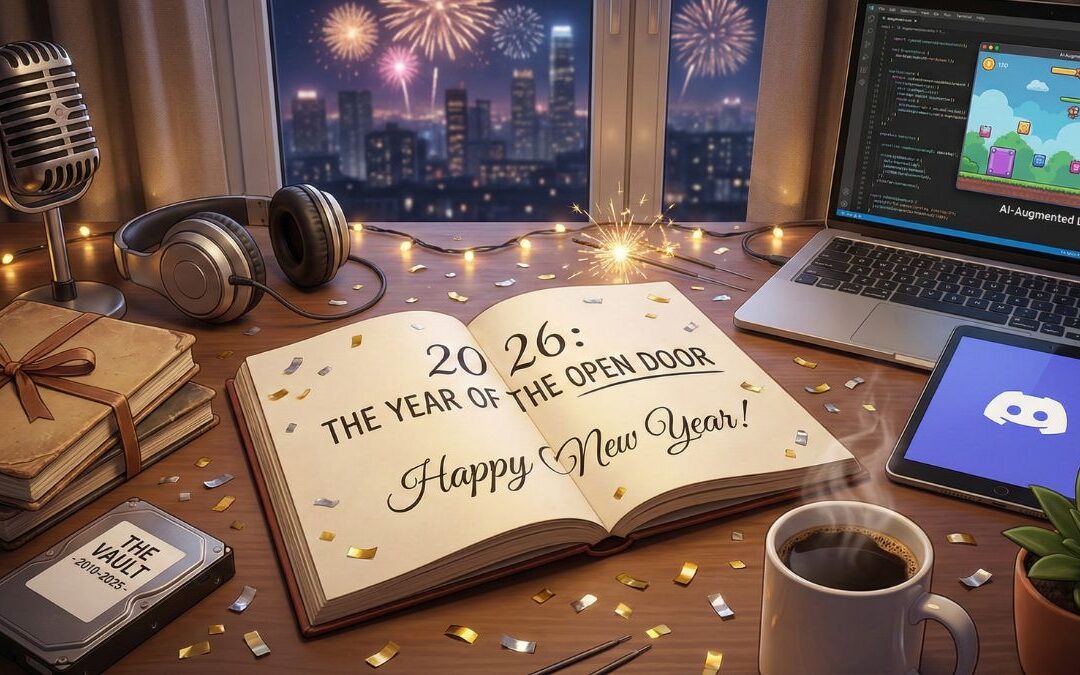

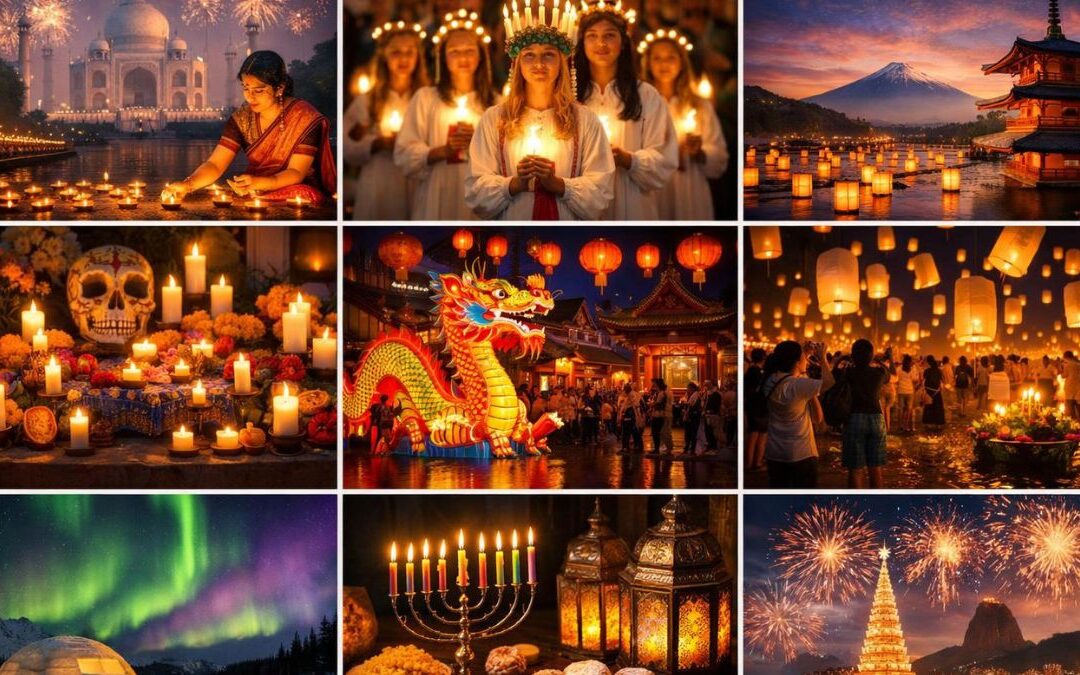

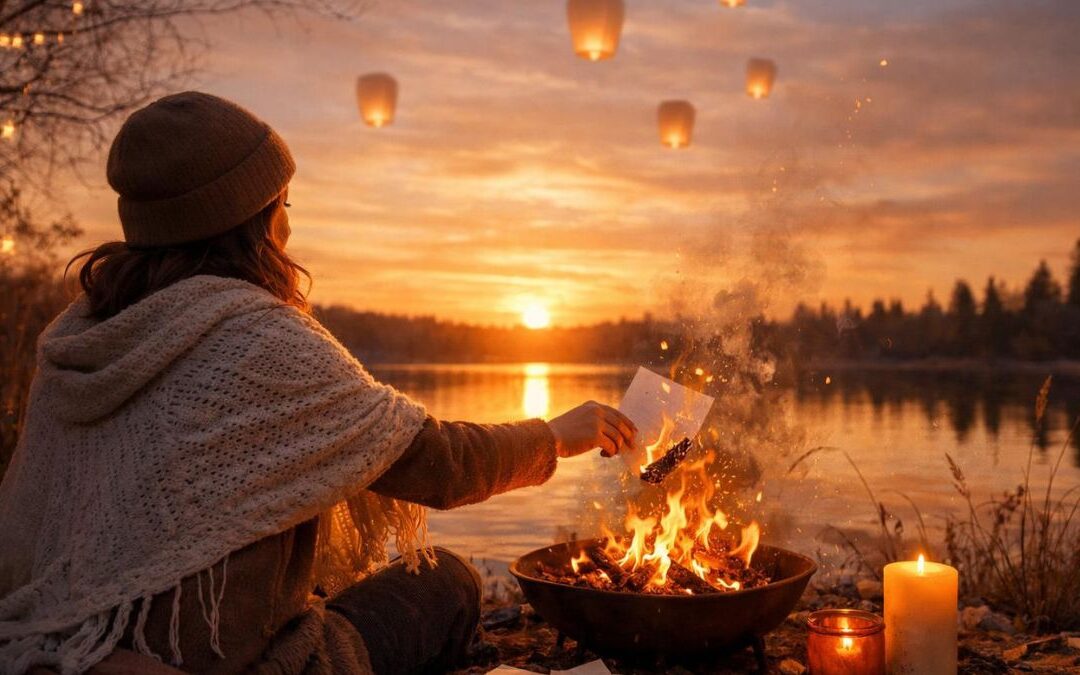

0 Comments